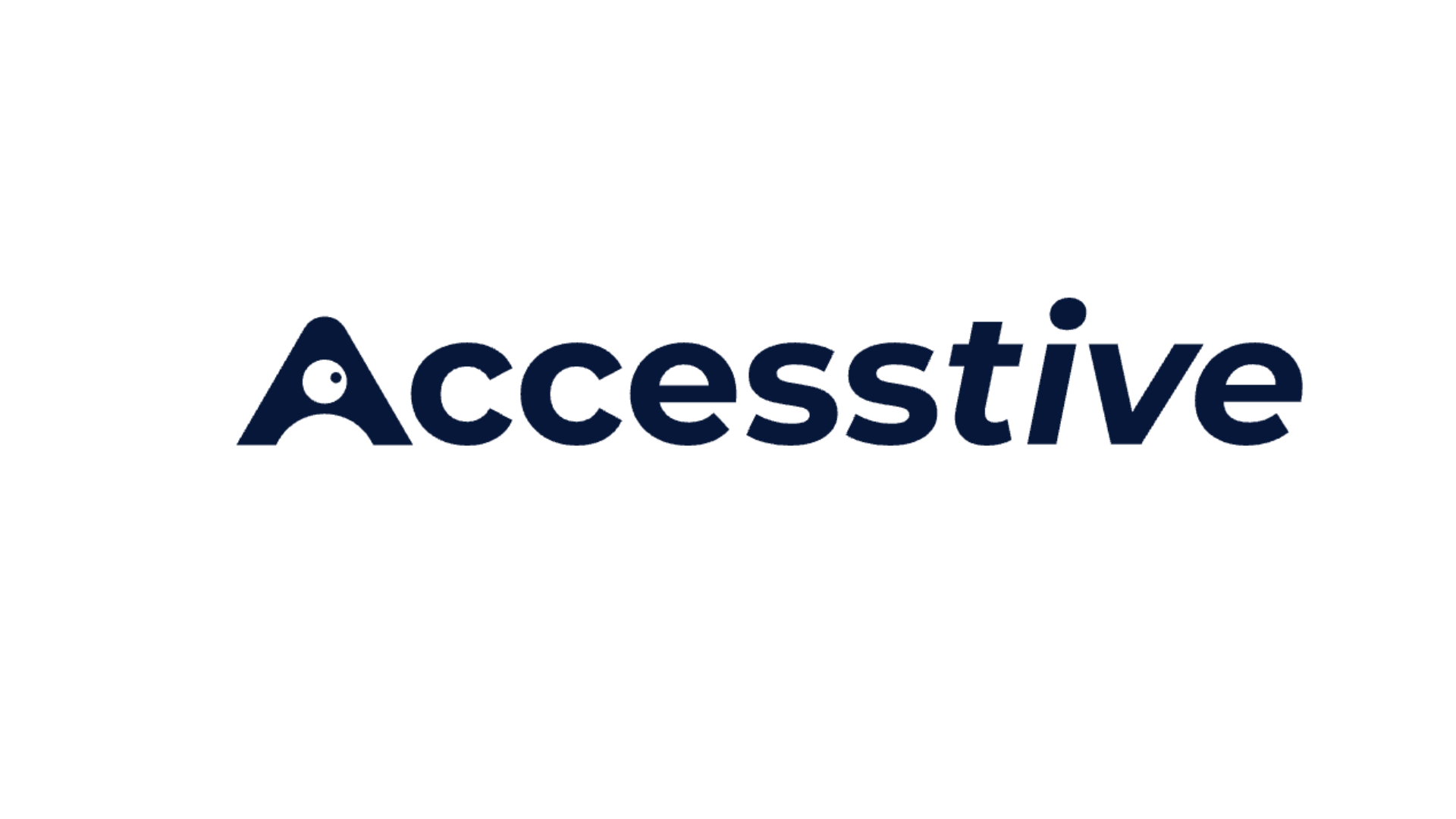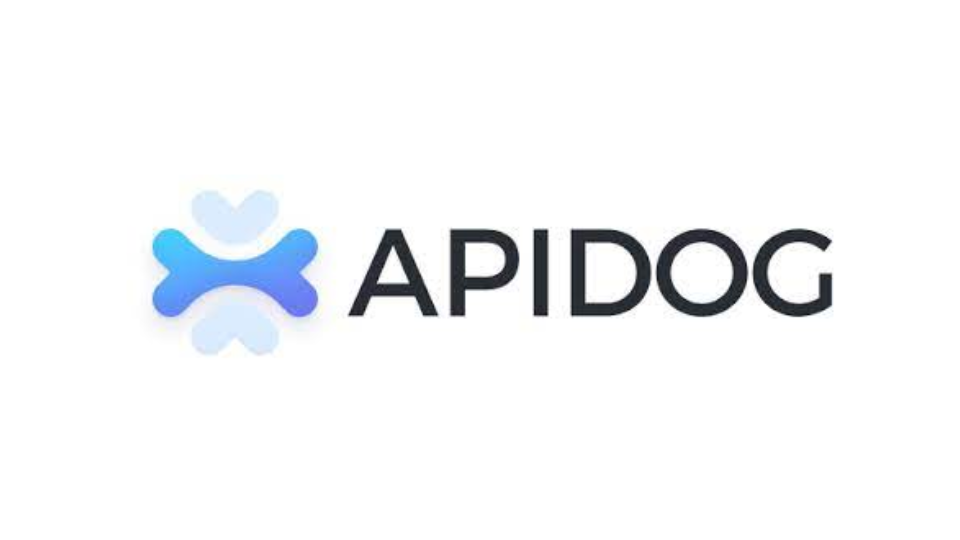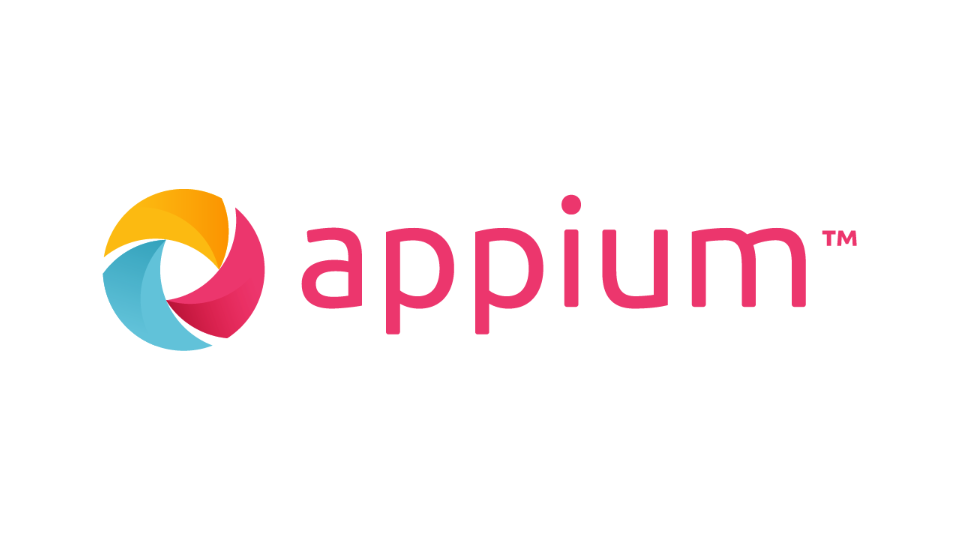Quality Engineering and Software Testing Tools Directory

We've made things easier to access all things.

Protect yourself, your family, or your global workforce with simple security, easy secret sharing, and actionable insight reports.

AI-Powered NoCodeTest Automation and Test Management on the Cloud

Free and open source. Solve accessibility issues before they reach your customers.

Human-first Accessibility meets AI—Powered action

aDesigner is a disability simulator that helps designers ensure that their content and applications are accessible and usable by the visually impaired.

Provides a GUI for generating each unique triplet, quadruplet, and more of values for a given set of variables. Enables high-powered combinatorial testing beyond pairwise.

Free temporary and disposable email generator

Developer-focused accessibility agent delivering copy-paste ready fixes, WCAG 2.2 compliance, and AI-powered video caption generation

Agentic QE Fleet is an open-source AI-powered quality engineering platform designed for use with Claude Code, featuring specialized agents and skills that surface quality-related information for a product at any stage of the SDLC.

Download the "Lite" version to get the best free file search utility (Windows) It's faster and does regex searches brilliantly

AIO Tests is a QA Testing and Test Case Management App for Jira, designed to streamline end-to-end software testing lifecycle.

Your trusted partner for structured and validated data on-demand. Define your data requirements and we’ll automatically handle the rest.

Explore your app like a real user, operating a real web browser, handling login (with MFA), handling email interactions, all whilst operating large multi-step user journeys. Any bugs are reported along with auto-generated Playwright tests.

Automation Test Reporting. OSS, Language & Framework agnostic

Generate new testing projects hassle-free. Ready for IDE instantly

Flawless Test Automation connected with DevOps

Bridge the gap between human and automated testing! Translate your test instructions into executable commands using AI.

Antithesis is an autonomous testing platform that finds bugs in your software with perfect reproducibility to help you fix them.

Real API Design-first Development Platform Design. Debug. Test. Document. Mock. Build APIs Faster & Together.

Appium is an open-source project and ecosystem of related software, designed to facilitate UI automation of many app platforms

AI-powered end-to-end testing lets teams of all skill levels—whether they code or not—integrate functional, visual, and API testing to streamline critical test flows. Create, run, and maintain robust tests that validate more in less time.

Discover how integrating SAST with comprehensive test management enables your team to ship safer software sooner.

With servers in >250 cities around the world, check your site for localization problenms, broken GDPR banners, etc.

We've made things easier to access all things.

Create, run, and maintain web and mobile tests with no-code, AI-driven automation in the cloud